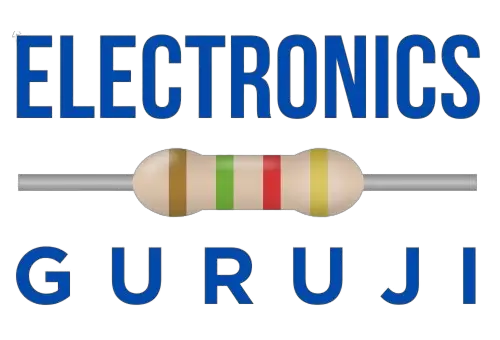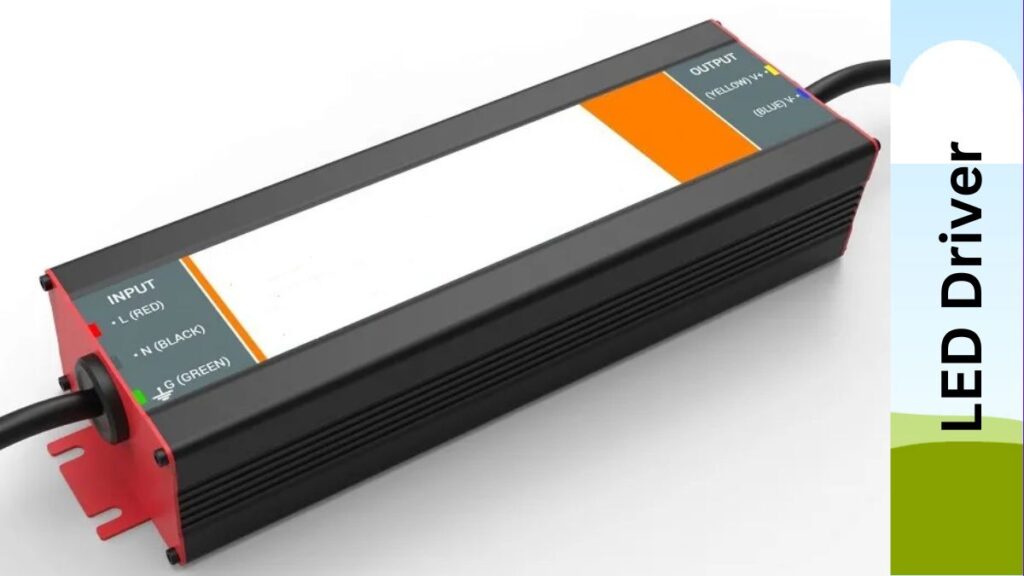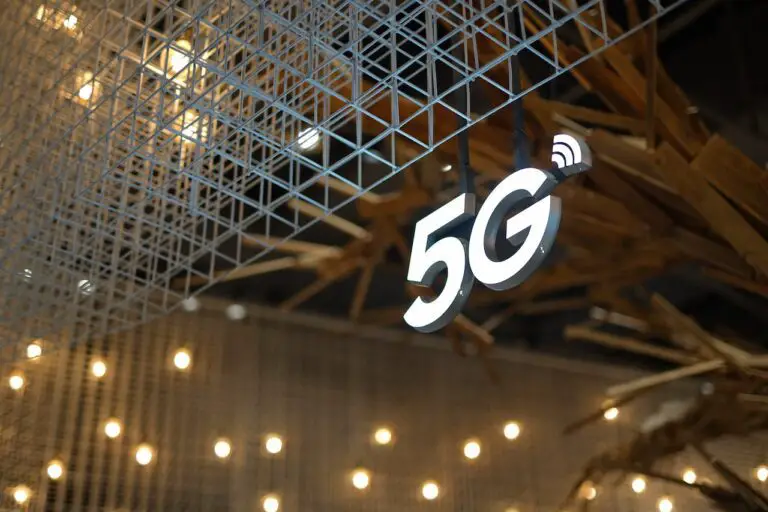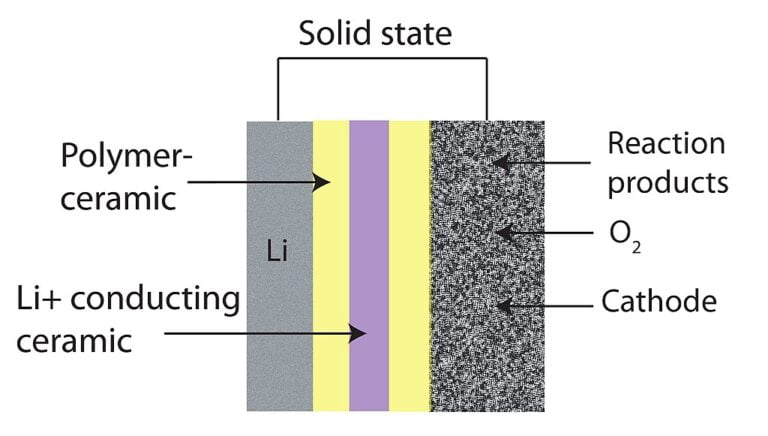LED Driver is a crucial part when LED lighting is concerned. In this blog post, we will discuss the basics of LED Drivers with different aspects.
What is an LED Driver?
LED Driver is a type of switched mode power supply designed specially to power up the LEDs safely and efficiently. LED drivers play a crucial role in enhancing lighting efficiency and performance.
Types of LED Drivers
Output Type wise
Constant Current: Constant current LED driver is the device which keeps output current constant regardless of the LED’s forward voltage (within driver specifications). This is generally used where high power LED Load is to be powered up, for example LED Street Lights, Downlights etc.
Constant Voltage: Contant voltage driver is a device which keeps output voltage constant. This type of driver is used where the LED strings already employ current limiting components like resistor in series with LED string to keep current in maximum permissible operating range.
Output Progammability wise:
Fixed output type: The fixed output type LED drivers are the drivers whose output voltage is set in the production line itself and those cannot be changed during the installation.
Programmable output type: The output of these type of LED drivers can be adjusted as per the programmable rnge of the driver. This type of drivers have the flexibility to connect with multiple type of LED loads keeping the inventry less.
Isolationwise:
Non Isolated: This is very critical point for the user’s safety. If the output of driver is not accessible to user then non isolated driver can be used but where there is any chances when a user can be in contact of output of driver, the isolated driver should be used and too with SELV rating compliance.
Isolated: The isolated and SELV certified drivers are safe in case the user gets in contact with the output terminals of the LED driver accidently.
Dimmability wise
Non dimmable: these type of drivers produces a certain amount of voltage an current and when connected to the LEDs, there output is fixed and light output cannot be changed
Dimmable: Dimmable drivers have the ability to dim the intensity of LEDs by changing the average output current. There are multiple dimming topologies to dim the LED light output.
a) 0-10V Dimming
b) PWM Dimming
c) DALI Dimming
Choosing the Right LED Driver for Your Application
Choosing the right driver for your application requires to consider various parameters of the system:
Output Type: This parameter suggest the type of driver i.e. constant current or constant voltage led driver.
Power rating: depending upon the LEDs strings wattage the LED driver wattage is to be chosen.
Isolated or non isolated: This is very critical point for the user’s safety.
Efficiency/power factor/THD of LED drivers: This is electrical rating of the driver and should be used as per reqirement. Basically the driver with higher efficiency and power factor and lower THD rating is considered good for electrical system and environment. The good LED maintains the nominal values of effiency, power factor and THD; >85%, >0.9 and <10% respectively.
Safety and Performance certifications: There are various safety and performance certification which are to be look into when choosing an LED driver.
Importance of Thermal Management in LED Drivers
The thermal management is one of the most critical parameter for LED lighting product as LEDs gererate tremendous amount of heat when producing light. If the thermal management is not proper the LEDs will get damaged due to thermal runaway. For thermal management mostly high eiffency drivers are used in lighting system with proper heat sinks to diisipate the heat of LEDs.
Dimming Options with LED Drivers
0-10V Dimming: This type of dimming is achieved when giving a 0-10V voltage.
PWM Dimming: This type of dimming is achieved by giving a PWM signal to the dimming port of the PWM dimmable LED driver.
DALI Dimming: This dimming is achieved by providing DALI signal to the DALI dimmable LED driver.
Troubleshooting Common Issues with LED Drivers
Flickering Lights: Flickering of LED lights may indicate either an incompatible LED driver or poor dimming compatibility. Check if the LED driver is compatible with the dimming method used or not. If not, replace it.
Dimming Issues: If the LED lights do not respond correctly to dimming, ensure that the dimmable LED driver is compatible with the dimming method and the wiring is correct. If dimmer is compatible, adjust the dimmer settings if problem persists, consult a professional.
Driver Failure: In the event of LED driver failure, the faulaty driver should be replaced with the the new one with the required specifications of the LED lighting system.
Installation and Wiring of LED Drivers
LED Light should be properly installed as per reommendation from the manafcturer. For an indoor application, there must be proper ventilation to ensure safety and optimal performance. The place must be water and moisture proof as most of the indoor lights have IP65 rating and water or moisture can damage the system or can cause electrical shock to the users. For the outdoor applications, make sure that:
- The product is for outdoor installation purpose, indoor products never be used outdoor.
- The power supply must be off befrore starting the installtion to prevent eletrical shock.
- The connections should be made as per wiring diagram provided by the manufacturer.
- Double-check all connections and ensure they are secure and properly insulated to prevent any electrical hazards.
Advances in LED Driver Technology
High Efficiency: Today’s drivers are highly efficient and reliable.
Programmability: Many drivers available now-a-days has ability to set the output voltage, current and dimming configuation via connecting them to their specific programmers or computers.
Dimmability: Todays drivers have very good dimming performance and are compatible with various dimming techniques.
Wireless Connectivity: Some LED drivers now support wireless communication protocols to connect them with Internet of Things (IoT) platforms, enabling centralized control and monitoring of lighting systems.
Smart Home Applications: LED drivers has become an integral part of smart home ecosystems, enabling integration with voice assistants, home automation systems, and personalized lighting scenes.
Conclusion
The LED driver is the heart of a lighting system. A reliable LED driver is a must for any modern LED lighting system’s optimum performance and reilability. By selecting the right LED driver, and considering all the above factors, users can maximize the benefits of LED lighting technology.







